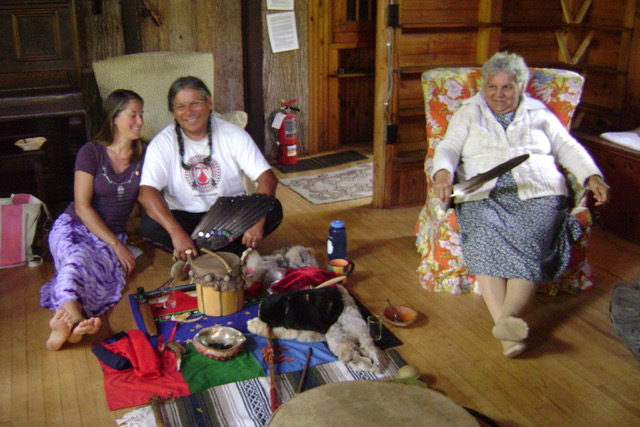When Ernest Oberholtzer first came north, even before he graduated from Harvard or knew how to paddle a canoe, he knew to connect with the local Anishinaabe people as guides. In his case, and with his love of “Indian” [sic] lore and stories, Ober’s relationship to the Anishinaabe was one of guide to neighbor and friendship. In his early Rainy Lake years (19-teens), Ober would paddle around the region, stop in at an Indian village and ask people for stories. After a while, when they would see him coming, they tagged him “Atisokan,” or story-teller / story-gatherer.
This connection definitely motivated Ober’s work as a wilderness advocate. He learned about their inherent connection to the land and he appreciated wilderness. His policy work helped to pass the Shipstead Nolan Bill (limiting shoreline development) and eventually led to the federal designation of the BWCAW. He was also active in the early years of the formation of Voyageurs National Park. All of this was inspired both by his love of the wild and his recognition that the Anishinaabe were integrated with the landscapes and waters— that their knowledge and spirit had maintained health on the land for centuries and longer.
In a 1931 article entitled “Minnesota Conservation and the Economic Situation,” Ober writes: “Nor should we fail to consider our Indian population. From them, above all, we can learn economic uses for our wild lands. They were past masters in the art of conservation. Would we not do well, instead of trying to convert the Indians overnight into mechanics, to make the most of their talents as woodsmen? It may well be questioned whether we would not be far ahead today in health and wealth, both in state and nation, if the Indian had been left in undisturbed possession of most of our wild lands.” Oberholtzer witnessed a huge cultural shift in the north country, and he could see it coming.
Toward the end of his life, Oberholtzer had more to say about this Indigenous relationship to wild lands: “…Out of the wilderness sprang the Indians. They are an integral part of it. They were its custodians for untold centuries. Today they offer a main hope for its future—one that lies above all within the scope of their genius and traditions. Their very mode of life was as creative as the wilderness itself.” In these sentences, Ober calls the Indigenous Peoples the hope for the future of wild lands, and he refers not only to their traditions, but their “genius” on such lands. This writing was done in 1962-64 as he formed the Foundation now in his name.

